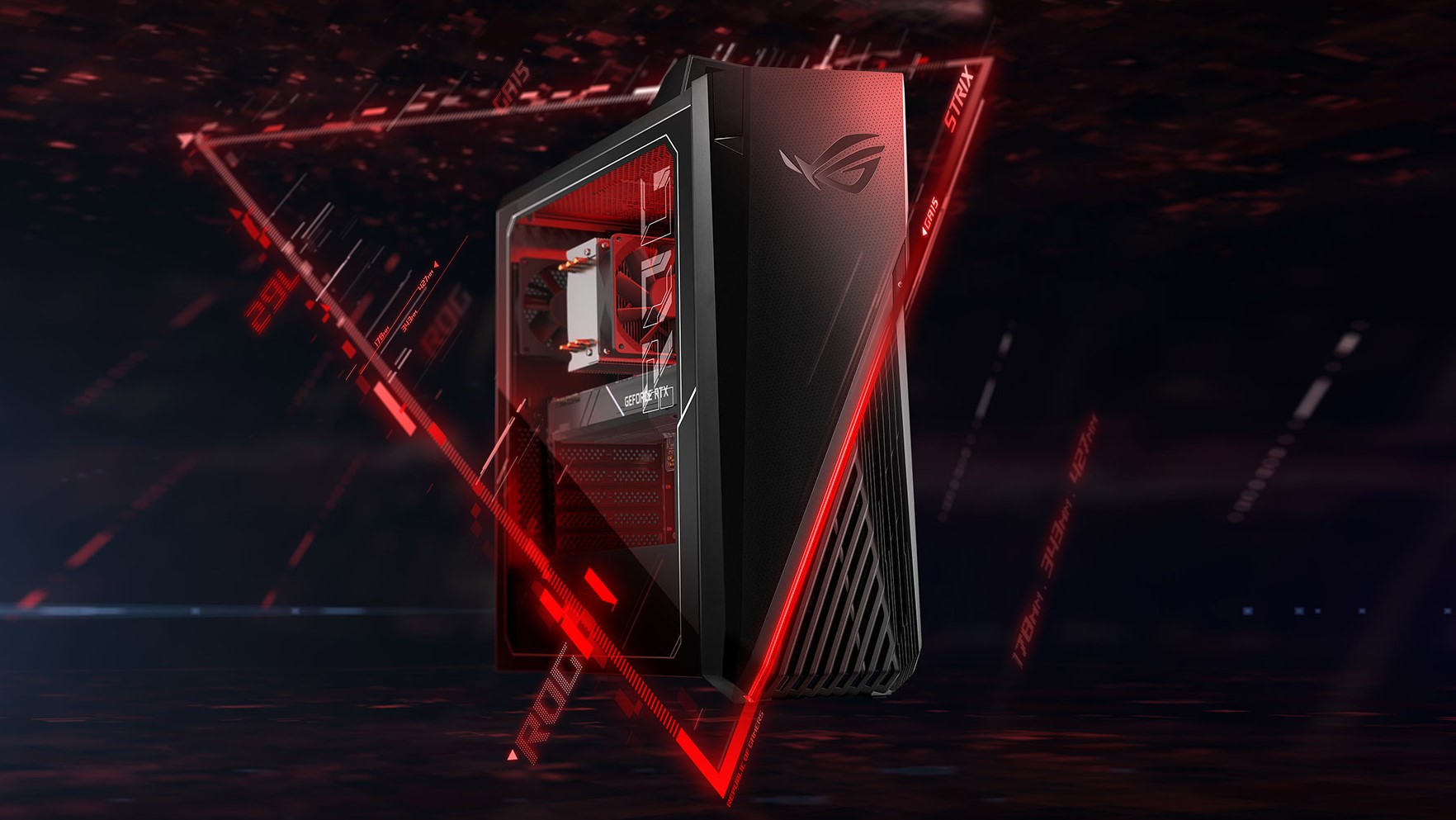Selecting the perfect ASUS desktop for your computing needs means taking stock of what requirements demand priority. ASUS desktops span a wide range from basic productivity machines to high-end gaming rigs. This process involves assessing hardware specifications, understanding usage needs, considering upgradability and support, and balancing cost with performance. By focusing on these key areas, you’ll be well on your way to finding an ASUS desktop that perfectly aligns with your computing demands.
Assessing Core Performance: CPU and RAM
Matching the Processor to the Task
The Central Processing Unit (CPU) acts as the brain of your desktop, dictating how smoothly and quickly operations run. For simple tasks like web browsing and document editing, a basic dual-core processor will suffice. However, for more power-hungry tasks such as video editing or gaming, look for an ASUS desktop with a quad-core or higher CPU like the AMD Ryzen or Intel’s i5 or i7 series.
Prioritizing Ample RAM
Random Access Memory (RAM) is another crucial factor to consider. This is where active data is stored, so having more RAM means being able to run more applications simultaneously without slowdown. Consider desktops with at least 8GB of RAM for moderate use, but if you’re into heavy multitasking or professional media production, 16GB or more will offer a much smoother experience.
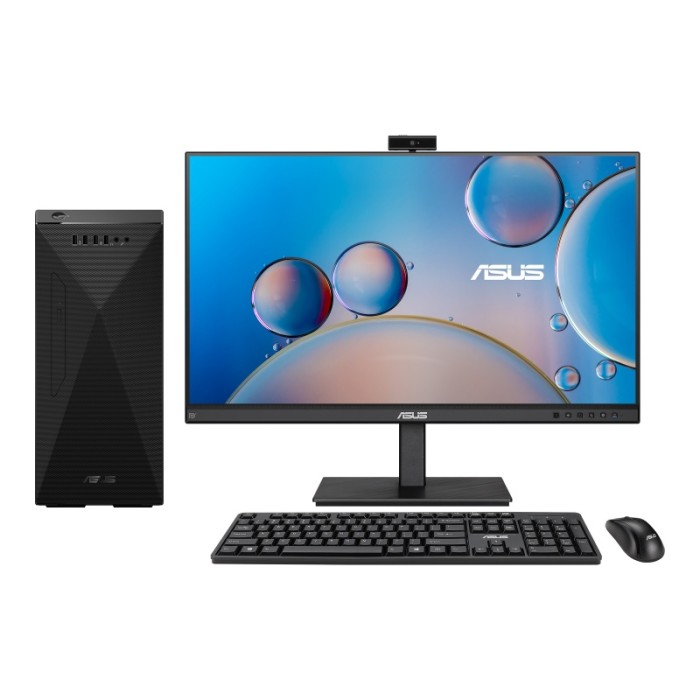
Determining Usage Needs: From Work to Play
Identifying Desktop Use Cases
Your intended use guides the selection process significantly. For everyday computing tasks, an ASUS desktop from the Vivo or Mini PC series can deliver suitable performance without excess. Gamers, on the other hand, will eye the ROG or TUF Gaming series for their powerful graphics and processing capabilities, built specifically for gaming.
Choosing the Right Graphics Capabilities
If your work or leisure includes graphic design, video editing, or gaming, the graphics card (GPU) matters. A dedicated graphics card like NVIDIA or AMD in a desktop helps in processing visual data efficiently. For tasks that aren’t graphics-intensive, a desktop with an integrated GPU will help save on costs without compromising on performance.
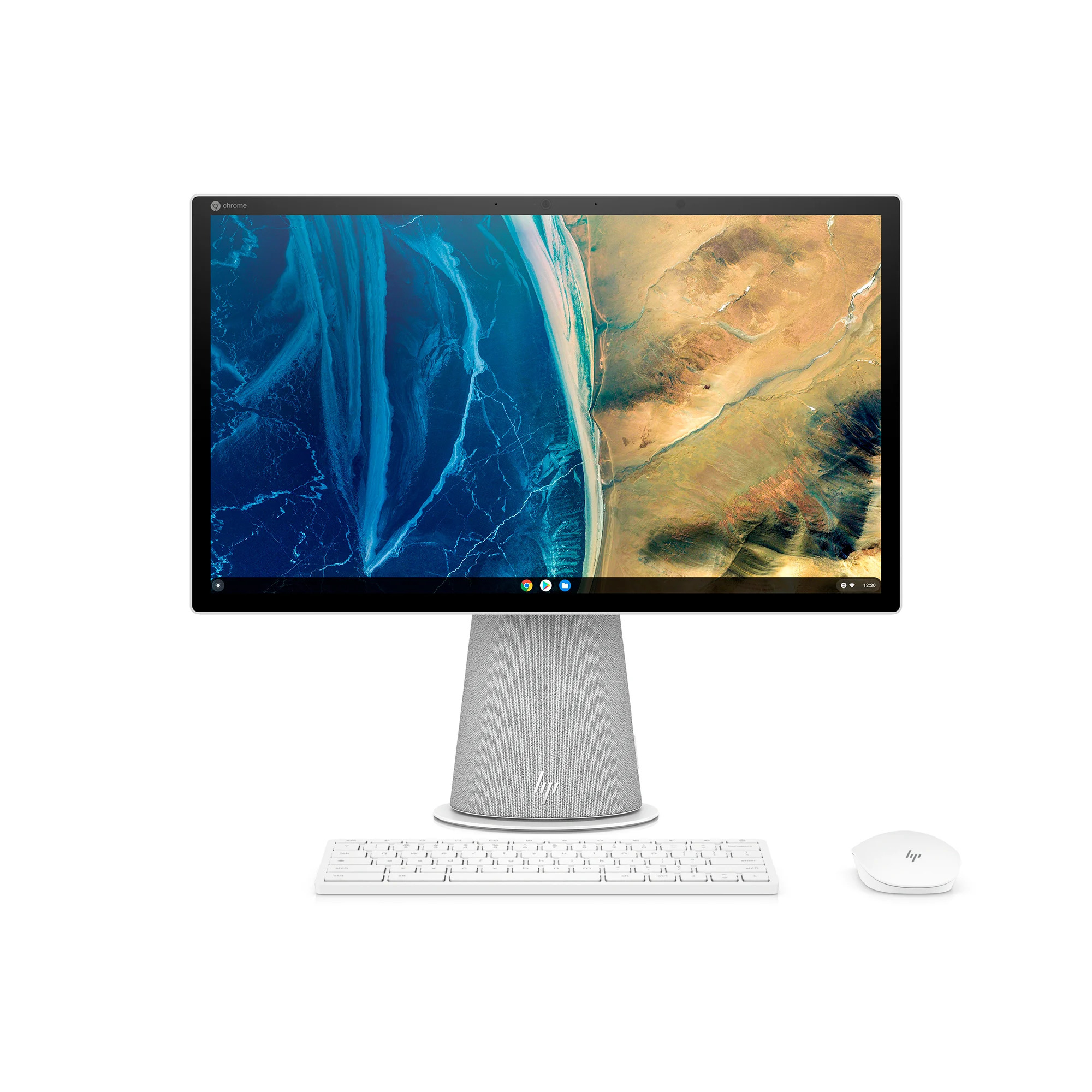
Storage Solutions: SSDs vs. HDDs
Speed vs. Capacity
Storage is another important factor in choosing an ASUS desktop. Solid State Drives (SSDs) offer speed and efficiency, launching programs and booting the system swiftly. Hard Disk Drives (HDDs), although slower, provide more storage capacity for less money. Some ASUS desktops come with both, giving the quick access of SSDs and the hefty storage of HDDs.
ASUS Models with Optimal Storage
Look at models like the ASUS VivoPC series for compact designs that often use SSDs for fast performance in smaller form factors. If you need extensive storage for large files and backups, consider desktop editions like the ASUS ExpertCenter, which often come with the option for additional HDDs for maximum storage space.
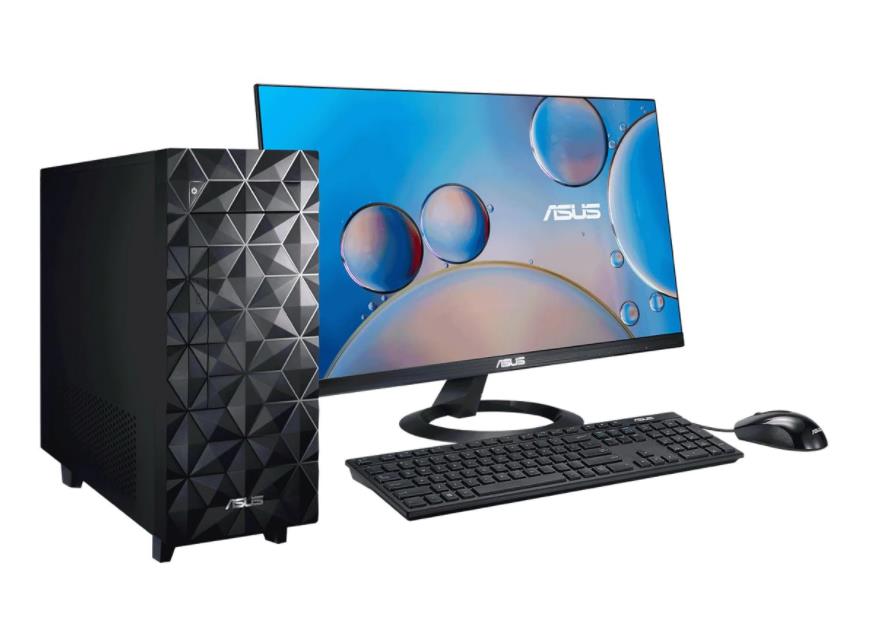
Upgradability and Future-Proofing
Planning for the Long-Term
Considering how technology quickly evolves, ensure the ASUS desktop model you choose is upgradable. This means accessible slots for extra RAM, the ability to accommodate larger or additional SSDs or HDDs, and possibly even the option to upgrade the CPU or GPU. Desktop series like the ASUS ROG have a reputation for being particularly upgradable.
Support and Warranty
In the choice of an ASUS desktop, evaluate the length and terms of the warranty. This not only provides peace of mind but also speaks to the quality of the product. Also, keep in mind the quality of ASUS’s customer support, as reliable service can be invaluable if you face any issues with your hardware.
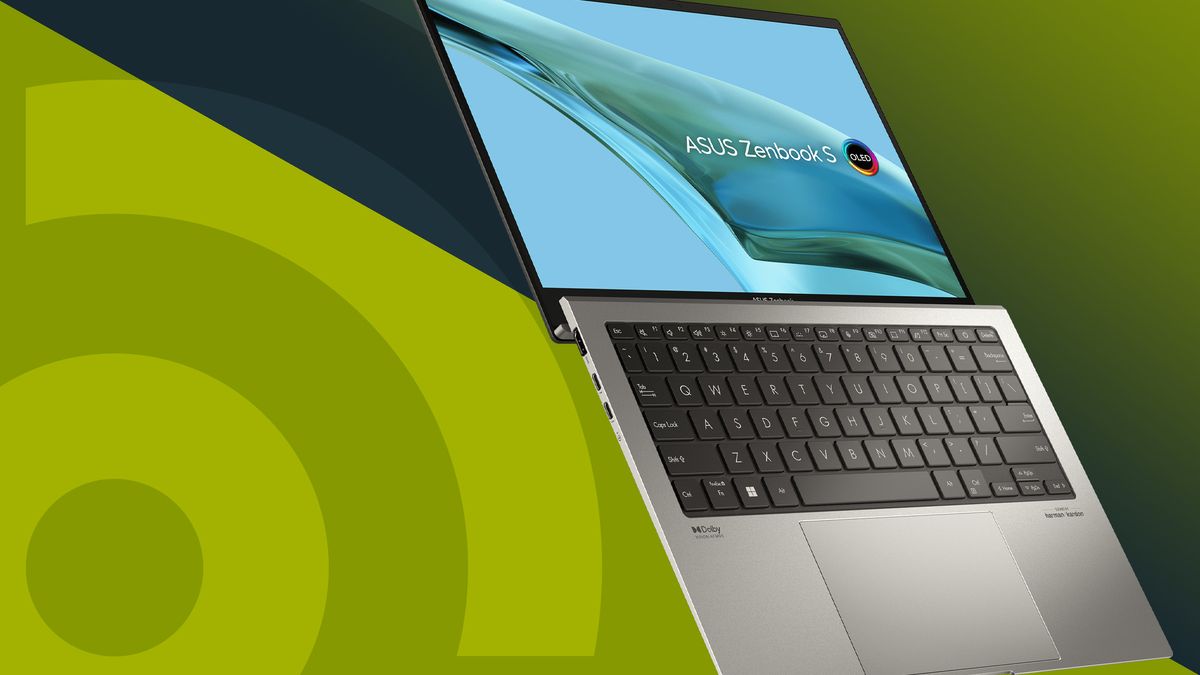
Balancing Cost with Desired Performance
Evaluating Budget Constraints
Cost is always a deciding factor in the selection of technology. Asus offers a range of prices, ensuring options for both budget shoppers and those looking to invest in premium performance. Determine your budget beforehand and balance it against the features that are non-negotiable for your needs.
Cost-Performance Trade-offs
In some cases, you might need to make sacrifices in certain areas to stay within the budget. Question whether each feature of a higher-priced model will impact your daily use. Sometimes, a lower-cost model may effectively meet your needs or allow for future upgrades as required.
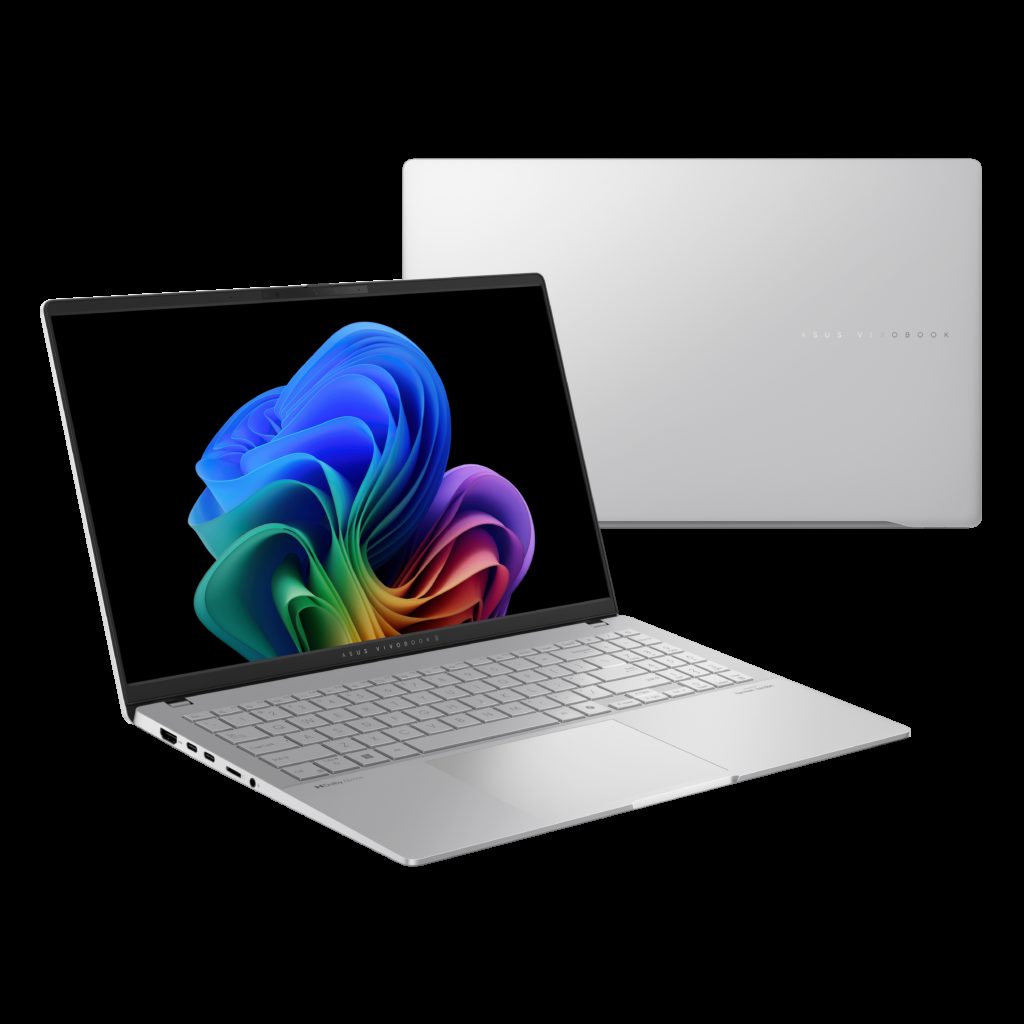
Considerations for Connectivity and Peripheral Support
Importance of Ports and Connectivity
A must-check detail before buying an ASUS desktop is the variety and number of ports available—this determines the ease with which you can connect external devices. Look for a combination of USB 3.0 and USB-C ports for versatility. Additionally, ensure that there are sufficient HDMI or DisplayPort outputs, especially if you plan to use multiple monitors. Wireless connectivity in the form of Wi-Fi and Bluetooth is also standard on many models, enhancing your ability to connect peripherals without the clutter of wires.
Support for Essential Peripherals
Consider the peripherals you regularly use, such as printers, scanners, or a digital drawing pad. Your ASUS desktop should accommodate these devices out of the box. Check for specific drivers or software that may be necessary for compatibility. Models such as the ASUS ExpertCenter cater to business users by providing a host of connectivity options that support a multitude of office equipment.
The Role of Aesthetics and Form Factor
Choosing a Design that Fits Your Space
ASUS desktops come in various shapes and sizes, from compact mini PCs to large towers. While performance and specifications are key, the look and physical footprint of the desktop are also important. If desk space is at a premium, models like the ASUS Mini PC series could be the perfect fit due to their small form factor. For users who don’t mind a larger setup and want a visually arresting machine, the ASUS ROG series offers desktops with bold designs and RGB lighting that command attention.
Cooling and Noise Considerations
The internal design of a desktop influences its cooling efficiency and operational noise. This is especially vital for high-performance machines that will be used extensively or for prolonged gaming sessions. Ensure the ASUS desktop you select has effective cooling solutions to maintain optimal performance and longevity of the components. Superior cooling often also means the computer will run quieter — an important factor for a workstation or in a shared living space.
Making the Informed Choice
When choosing the perfect ASUS desktop, balance your computing needs with performance options and cost. Assess how the CPU, RAM, and GPU will serve your use case, whether it’s for basic productivity, elaborate media production, or intense gaming. Consider storage needs, both in terms of speed and capacity, and prioritize upgrade paths for future proofing your investment. With these considerations in check, matching an ASUS desktop to your specific computing requirements should lead to a satisfactory decision that combines functionality with enjoyment, ensuring your computing tasks are accomplished with ease and reliability.
